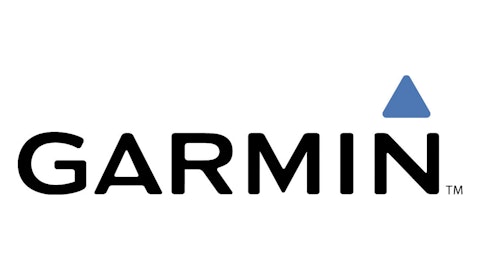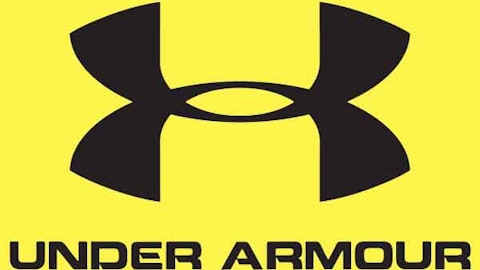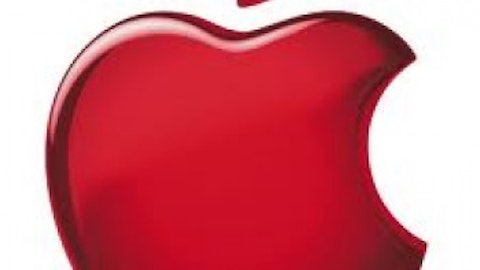On this day in economic and financial history…
“In over-the-counter trading, Microsoft Corporation (NASDAQ:MSFT) rose $7, to $28, on its first day of trading.” Where were you on March 13, 1986, when one of the greatest IPOs of all time barely merited a mention in the nation’s newspapers? The Microsoft Corporation (NASDAQ:MSFT) IPO, which set Bill Gates on the path to wealthiest-man-in-the-world status and established the company behind MS-DOS as a serious contender, earned only one sentence from The New York Times on its first day on the market — and not a word from the other major American papers. However, the event attracted greater notice when Fortune magazine featured it in a July issue that year:
Going public is one of capitalism’s major sacraments, conferring instant superwealth on a few talented and lucky entrepreneurs. Of the more than 1,500 companies that have undergone this rite of passage in the past five years, few have enjoyed a more frenzied welcome from investors than Microsoft Corporation (NASDAQ:MSFT), the Seattle-based maker of software for personal computers. Its shares, offered at $21 on March 13, zoomed to $35.50 on the over-the-counter market before settling back to a recent $31.25. Microsoft Corporation (NASDAQ:MSFT) and its shareholders raised $61 million. The biggest winner was William H. Gates III, the company’s co-founder and chairman. He got only $1.6 million for the shares he sold, but going public put a market value of $350 million on the 45% stake he retains. A software prodigy who helped start Microsoft Corporation (NASDAQ:MSFT) while still in his teens, Gates, at 30, is probably one of the 100 richest Americans.
The wonder is that Microsoft Corporation (NASDAQ:MSFT) waited so long. Founded in 1975, it is the oldest major producer of software for personal computers and, with $172.5 million in revenues over the last four quarters, the second largest after Lotus Development. Microsoft Corporation (NASDAQ:MSFT)’s biggest hits are the PC-DOS and MS-DOS operating systems, the basic software that runs millions of International Business Machines Corp. (NYSE:IBM) personal computers and clones. The company has also struck it rich with myriad versions of computer languages and a slew of fast-selling applications programs such as spreadsheets and word-processing packages for IBM, Apple Inc. (NASDAQ:AAPL) , and other personal computers.
By 1986 it was becoming clear that the IBM PC model would dominate the personal-computing industry. Thanks to an easily reverse-engineered design, the PC and its clones had displaced the Commodore 64 by 1984 and would capture more than half the market by the end of 1986. Apple, which had gone public in 1980 to greater acclaim and more widespread public interest, saw its shares sink below their IPO price by the time Microsoft Corporation (NASDAQ:MSFT) debuted. Apple’s shares were then suffering the aftermath of Steve Jobs’ ouster and the reality of persistently low market share in a fast-growing industry. Microsoft Corporation (NASDAQ:MSFT), on the other hand, was already well-established as a profit gusher, posting a net margin of up to 34% in the period leading up to its IPO.
Microsoft Corporation (NASDAQ:MSFT) was only a few months removed from the launch of Windows 1.0 and would release the first iteration of its massively popular Office productivity suite four years later. The Office launch coincided with the release of Windows 3.0, which was the beginning of Windows’ dominance. These popular programs catapulted Microsoft’s shares to a 1,300% gain in its first five years on the public markets — but this was only the start. Windows 95 became the catalyst for another 350% share-price gain in the following five years.
By the time Microsoft Corporation (NASDAQ:MSFT) celebrated its 13th IPO anniversary in 1999, shareholders from day one had enjoyed a 41,000% gain on their initial investment. Microsoft Corporation (NASDAQ:MSFT) topped out at an all-time maximum gain of more than 60,000% at the height of the dot-com boom, with a market cap of more than $600 billion. Adjusted for inflation, Microsoft Corporation (NASDAQ:MSFT) remains the largest American company in history, and its staggering post-IPO success — shares had still returned more than 28,000% two decades after the IPO — makes it one of the most successful public debuts of all time. That’s not on the basis of IPO proceeds, but in long-term shareholder returns. And, yes, that’s far better than Apple’s 20-year performance. At the same point in its public life, the iPhone maker was only a three-bagger.






